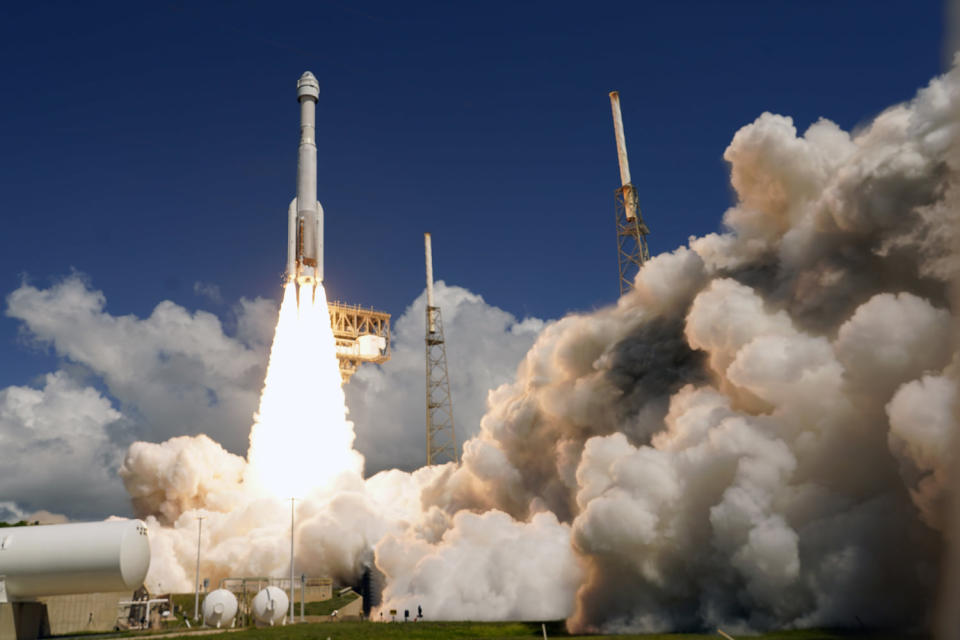The two NASA astronauts who flew Boeing’s Starliner capsule to the International Space Station earlier this month have remained in orbit much longer than anticipated — and will continue to do so, NASA and Boeing say.
The original plan for this Starliner’s first manned test flight called on veteran astronauts Butch Wilmore and Sunita Williams spend about a week on the space station before traveling in the capsule back to Earth. They arrived at the orbiting outpost on June 6.
But the return trip was postponed several times. NASA initially suggested June 18 as the earliest date the astronauts could return, after which the agency said the return flight would take place on June 22. This was later changed to June 26, and the latest delay, announced on Friday, pushed the planned landing back to an as-yet-undetermined new date.
The reason for the adjustments, NASA said, is an investigation into problems with the capsule that arose early in the flight. The spacecraft’s propulsion system is slowly leaking helium — something mission managers knew about before launch. At the time, they said it was unlikely to affect the test flight or the safety of the astronauts, but four additional helium leaks were detected once the spacecraft reached orbit.
When the Starliner spacecraft approached the space station on June 6 five of its thrusters also malfunctioneddelaying final approach by just over an hour.
NASA and Boeing officials said they continue to monitor these issues as they plan the capsule’s return.
“We are taking our time and following our standard mission management team process,” said Steve Stich, NASA Commercial Crew Program manager. said in a statement. “We are letting the data guide our decision-making regarding the management of the small leaks in the helium system and the performance of the thrusters we observed during the rendezvous and docking.”

The Starliner test flight to the International Space Station aims to demonstrate that the vehicle can safely transport astronauts to and from low Earth orbit and evaluate its various systems in space.
The capsule launch also faced several delays before finally took off on June 5 — years behind schedule and well above the initial budget.
NASA officials suggested in a blog post that, although a date for the astronauts’ return has not yet been set, this could occur after a planned spacewalk on the International Space Station, on July 2.
There are enough supplies on the space station to accommodate visitors and there is no need to rush departure, officials said.
Stich said NASA will conduct a thorough review before the green light is given to undock the capsule.
Wilmore and Williams currently live on the ISS with seven crew members who were already stationed there: NASA astronauts Michael Barratt, Matt Dominick, Tracy Dyson and Jeanette Epps, and Russian cosmonauts Nikolai Chub, Alexander Grebenkin and Oleg Kononenko.
During their extended stay in space, Wilmore and Williams are helping with tasks on the space station and performing other tests as part of NASA’s process to certify the Starliner for future missions.
“Feedback from the crew has been overwhelmingly positive, and they know that every learning we gain from the Crew Flight Test will improve and enhance our experience for future crews,” said Mark Nappi, vice president and manager of Boeing’s Starliner program, in a statement. affirmation.
Boeing hopes to eventually conduct routine flights to and from the space station for NASA, similar to the commercial service that SpaceX has been providing the agency since 2020 with its Crew Dragon capsule.
This article was originally published in NBCNews. with





































